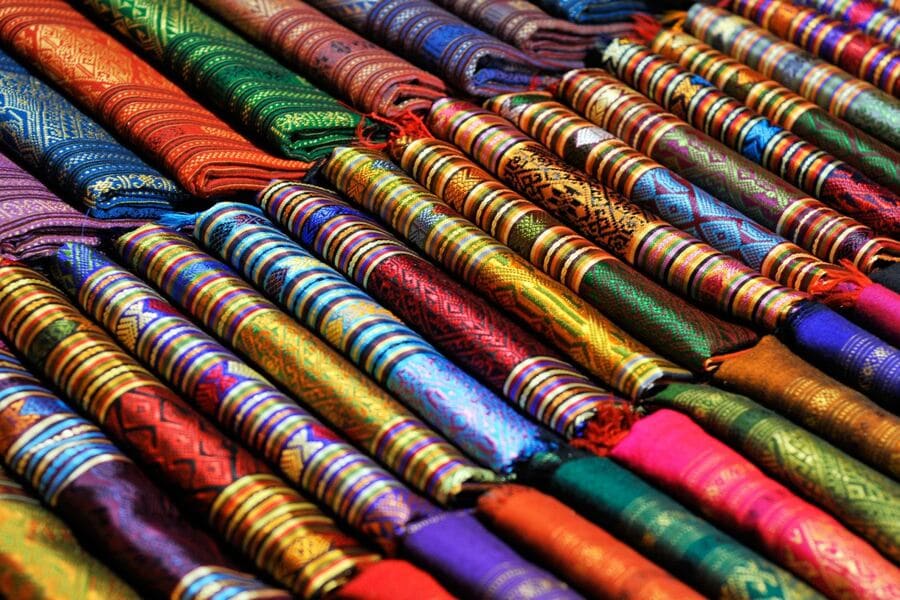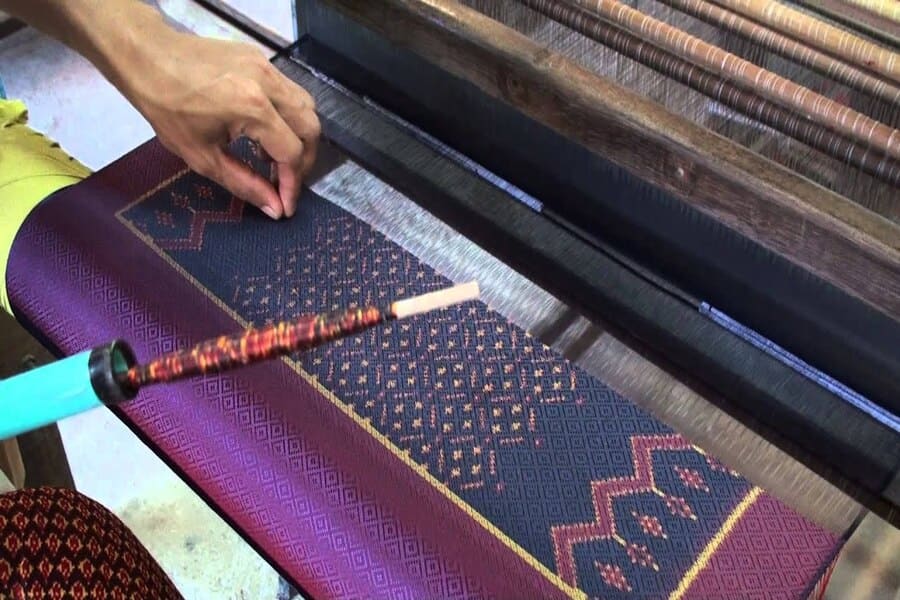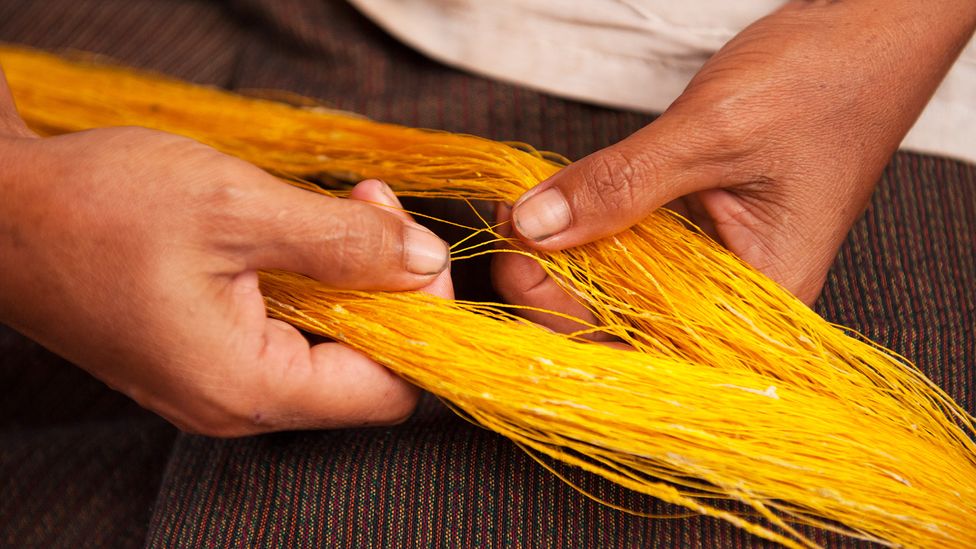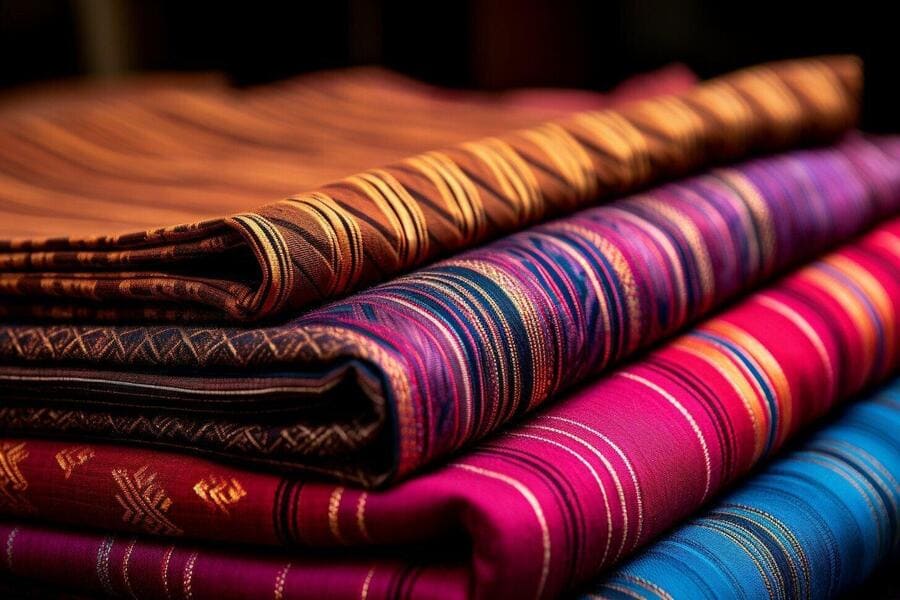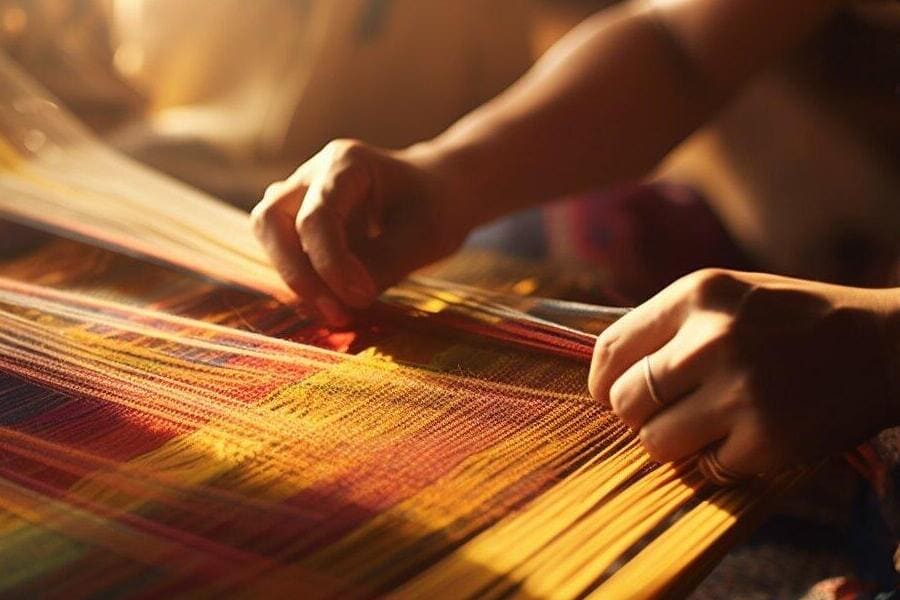Embarking on a cambodia tour offers a multifaceted journey through a land rich in history, culture, and natural beauty. Among the treasures awaiting discovery is the revival of cambodian silk, a testament to the resilience and ingenuity of its people. In the tapestry of Cambodia's cultural heritage, silk weaving holds a special place, embodying centuries-old techniques and traditions passed down through generations.
Contents
Historical Overview of Cambodian Silk
The history of Cambodian silk is as rich and intricate as the fabric itself, weaving a tale of ancient craftsmanship, royal patronage, and cultural exchange. Dating back thousands of years, silk production has been an integral part of Cambodia's cultural heritage, shaping the identity of its people and influencing the course of its history.
Silk weaving in Cambodia traces its origins to the time of the Khmer Empire, which flourished from the 9th to the 15th century. Under the patronage of Khmer kings and nobility, silk production thrived, with artisans mastering the art of cultivating mulberry trees for silkworms and hand-weaving intricate patterns on traditional wooden looms. Cambodian silk became renowned for its exquisite quality and craftsmanship, prized not only for its beauty but also for its symbolic significance in religious rituals and royal ceremonies.
During the golden age of the Khmer Empire, silk was woven into elaborate garments worn by royalty and courtiers, as well as used to adorn temples and palaces. The intricate designs and vibrant colors of Cambodian silk reflected the artistic sophistication and cultural splendor of the Khmer civilization, earning admiration from neighboring kingdoms and distant lands.
The role of Cambodian silk in Cambodian culture
Cambodian silk occupies a cherished place within the cultural tapestry of Cambodia, serving as a symbol of tradition, elegance, and cultural identity. For centuries, silk has been intricately woven into the fabric of Cambodian society, adorning royalty, nobility, and religious figures with its exquisite beauty and craftsmanship. Silk textiles, adorned with intricate patterns and vibrant hues, have long been associated with auspicious occasions such as weddings, religious ceremonies, and royal festivities, symbolizing prosperity, harmony, and spiritual purity.
Beyond its aesthetic allure, Cambodian silk embodies the spirit of resilience and creativity that defines the Cambodian people. Despite facing centuries of upheaval, political turmoil, and cultural suppression, the art of silk weaving has endured as a testament to the tenacity and ingenuity of Cambodian artisans. Today, the revival of the silk industry is not only a celebration of cultural heritage but also a catalyst for economic empowerment, providing livelihoods for weavers, empowering women, and fostering community pride.
In addition to its cultural and economic significance, Cambodian silk holds spiritual meaning within the context of Buddhism, the predominant religion in Cambodia. Silk robes, worn by Buddhist monks and nuns, symbolize humility, purity, and detachment from worldly desires. The offering of silk robes to monks is considered a meritorious act, reflecting the reverence and devotion accorded to this sacred fabric. Thus, Cambodian silk weaves together threads of tradition, spirituality, and craftsmanship, enriching the cultural mosaic of Cambodia and serving as a timeless symbol of its enduring heritage.
The Development of Cambodia silk
The Decline of the Cambodian silk
Historically, Cambodia's silk production reached its zenith during the golden age of the Khmer Empire, where silk weaving flourished under royal patronage and became an integral part of the kingdom's cultural and economic fabric. However, the empire's decline, coupled with subsequent invasions and political instability, disrupted the silk trade and eroded the industry's foundations.
One significant factor in the decline of Cambodian silk was the loss of royal patronage and support. As political power shifted and dynasties rose and fell, the prestige and financial stability that came with royal sponsorship dwindled. Without the backing of the monarchy, silk weavers struggled to maintain their craft and compete in an increasingly challenging market.
The introduction of cheaper, mass-produced textiles from foreign markets further compounded the challenges facing Cambodian silk. Colonial powers and traders brought in textiles from abroad, flooding local markets with inexpensive alternatives that undercut the demand for traditional silk products. Cambodian weavers found themselves unable to compete with the affordability and variety offered by imported fabrics.
Disruption of trade routes and patterns also played a role in the decline of Cambodian silk. Changes in global commerce, including the decline of overland trade routes and the rise of maritime trade, shifted the dynamics of regional markets and diminished the competitive advantage of Cambodian silk. As trade networks evolved, traditional silk-producing regions struggled to maintain their foothold in a rapidly changing economic landscape.
Additionally, socio-economic changes within Cambodian society contributed to the decline of silk production. Urbanization, industrialization, and shifts in consumer preferences led to a waning interest in traditional crafts such as silk weaving. As Cambodian society modernized, the allure of traditional silk products faded, further exacerbating the industry's challenges.
The Khmer Rouge regime's brutal policies of cultural suppression and forced labor inflicted further devastation on Cambodia's silk industry. Silk weavers and artisans were targeted for persecution, their workshops destroyed, and their knowledge and skills threatened with extinction. The regime's destructive campaign against Cambodia's cultural heritage left a profound and lasting impact on the silk industry, hastening its decline to near extinction.
The Revival of Cambodian Silk
In recent decades, efforts to revive Cambodian silk production have gained momentum, fueled by a renewed interest in traditional crafts, economic development initiatives, and international support for cultural preservation.
Today, Cambodian silk continues to captivate with its timeless beauty and cultural significance, serving as a symbol of national pride and a testament to the resilience and creativity of the Cambodian people. As the legacy of Cambodian silk is passed on to future generations, its intricate patterns and vibrant colors will continue to weave a thread connecting the past, present, and future of Cambodia's rich cultural heritage.
The revival of Cambodian silk represents a renaissance of tradition, culture, and economic opportunity. After centuries of decline and near-extinction, efforts to revive the silk industry have gained momentum in recent years, driven by a renewed appreciation for traditional crafts and cultural heritage. Through initiatives focused on skills development, market access, and sustainability, Cambodian silk has reclaimed its status as a symbol of national pride and resilience. Today, the resurgence of silk production not only preserves centuries-old traditions but also empowers communities, particularly women weavers, to thrive in a globalized world while preserving their unique cultural legacy.


